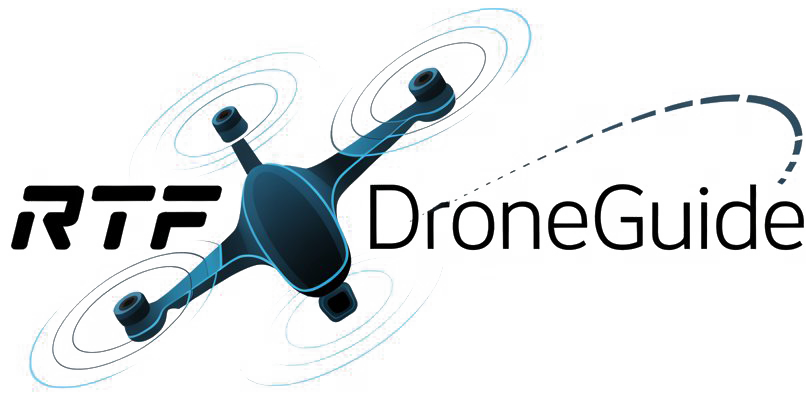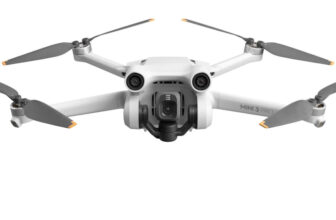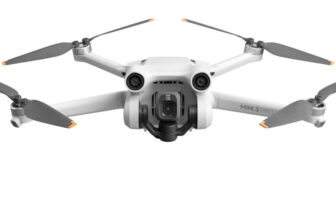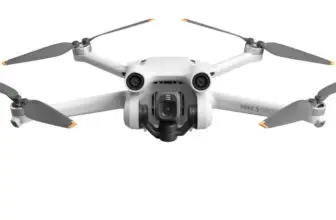How Mini Camera Drones Are Transforming Filmmaking
1. The Rise of Mini Camera Drones
In the past decade, mini camera drones have surged in popularity, not only in consumer markets but also in professional filmmaking. With advancements in technology, these compact flying devices have become more accessible, affordable, and user-friendly. Their integration into the filmmaking world has revolutionized how filmmakers capture stunning aerial footage, providing unique perspectives that were previously difficult to achieve.
2. What Are Mini Camera Drones?
Mini camera drones are unmanned aerial vehicles (UAVs) equipped with cameras and typically weigh under two kilograms. They come in various designs and specifications, allowing filmmakers to choose a model that suits their needs. Common features include GPS stabilization, high-definition video capabilities, and advanced maneuverability, enabling pilots to create captivating shots with relative ease.
3. Enhanced Aerial Perspectives
Traditional cinematography often required cranes, helicopters, or expensive rigging to achieve aerial shots. Mini camera drones provide an affordable alternative, allowing filmmakers to capture breathtaking aerial perspectives without extensive equipment setups. They can fly at various heights and angles, offering dynamic shots that add depth and visual intrigue to a film. Filmmakers can now shoot sweeping landscapes, intricate overhead action sequences, or intimate close-ups from above.
4. Cost Efficiency
One of the most significant advantages of mini camera drones is their cost-effectiveness. Renting helicopters or specialized equipment can easily exceed thousands of dollars per day. In contrast, a high-quality mini drone can be purchased for a fraction of that price. This accessibility allows independent filmmakers and small production companies to incorporate stunning aerial shots into their projects without breaking the bank.
5. User-Friendly Controls and Software
Modern mini camera drones are designed with user-friendliness in mind. Many come equipped with intuitive controls and autonomous features that simplify operation, even for individuals with minimal flying experience. Advanced software applications allow for precise movement control, automated flight paths, and live streaming capabilities, enabling filmmakers to plan and execute their shots with pinpoint accuracy.
6. High-Quality Imaging
The development of mini drones has been paralleled by advancements in camera technology. Many mini camera drones now feature 4K resolution capabilities, high dynamic range (HDR), and advanced stabilization systems. This means that filmmakers can achieve professional-grade quality in their aerial shots. Coupled with the ability to mount additional accessories, such as gimbals and filters, filmmakers can create cinematic scenes that rival traditional filming methods.
7. Versatility of Use Cases
Mini camera drones are not limited to specific genres of filmmaking. Their versatility allows them to be utilized in various contexts, including narrative cinema, documentaries, commercial videos, and live events. From capturing breathtaking nature shots and dynamic sports footage to providing unique angles in wedding videography, mini drones can enhance storytelling across diverse mediums.
8. Safety and Regulation Considerations
While mini camera drones offer exciting new possibilities, they also come with a set of considerations. Filmmakers must be aware of local regulations regarding drone use, including airspace restrictions, no-fly zones, and necessary permits. Furthermore, safety is a priority. Beginners should practice in safe, open spaces to avoid accidents and protect both the drone and bystanders.
9. Integration with Post-Production
Filmmakers are increasingly utilizing mini camera drones in their post-production processes. The ability to capture unique angles and perspectives allows for greater creative freedom during editing. Footage from mini drones can be seamlessly integrated into existing shots, giving filmmakers a broader palette to work with. Additionally, drone shots can be combined with virtual reality (VR) and augmented reality (AR) technologies, creating immersive experiences for audiences.
10. Creative Storytelling
The integration of mini camera drones has also influenced storytelling techniques in filmmaking. They enable filmmakers to experiment with different narrative styles and visual storytelling methods. The dynamic angles and motion captured by drones can convey emotions and dramatize scenes in ways that traditional filming cannot. By integrating aerial shots, filmmakers can elevate their narratives, drawing viewers into the story with greater intensity.
11. Environmental and Remote Shooting
Mini camera drones have revolutionized the ability to film in hard-to-reach or environmentally sensitive areas. Whether capturing pristine landscapes, wildlife, or remote locations, drones can access places that ground equipment cannot. This opens a world of opportunities for documentary filmmakers and nature cinematographers, allowing them to capture footage in a responsible and minimally invasive manner.
12. Advancements in Battery Life and Flight Time
Early mini camera drones were limited by short battery lives, which restricted flying time and thus the potential for expansive aerial captures. However, ongoing advancements in battery technology have led to significant improvements in flight duration. Many modern mini drones can now operate for 30 minutes or more, providing ample time to secure the perfect shot and reducing the need for frequent recharges.
13. Community and Collaboration
The rise of mini camera drones has fostered a community of drone enthusiasts and filmmakers who share knowledge, skills, and techniques. Online platforms and forums allow creatives to collaborate on projects, exchange tips on drone operation, and discuss best practices in filmmaking. This community aspect enhances the growth of the industry by encouraging innovation and exploration of new filming methodologies.
14. The Future of Filmmaking
As technology continues to evolve, the capabilities of mini camera drones are expected to expand even further. Emerging technologies like AI-assisted flight paths, obstacle avoidance systems, and enhanced imaging sensors promise to change how filmmakers approach aerial shots. The future may bring even more integration with advanced filmmaking techniques, including live tracking and multi-drone coordination.
15. Conclusion
Mini camera drones are transforming the landscape of filmmaking, providing an array of creative opportunities that were once unimaginable. Their versatility, cost-effectiveness, and the artistic possibilities they offer are making them indispensable tools in the filmmaker’s arsenal. As technology continues to improve, it’s exciting to consider how these innovative devices will shape the future of visual storytelling.





